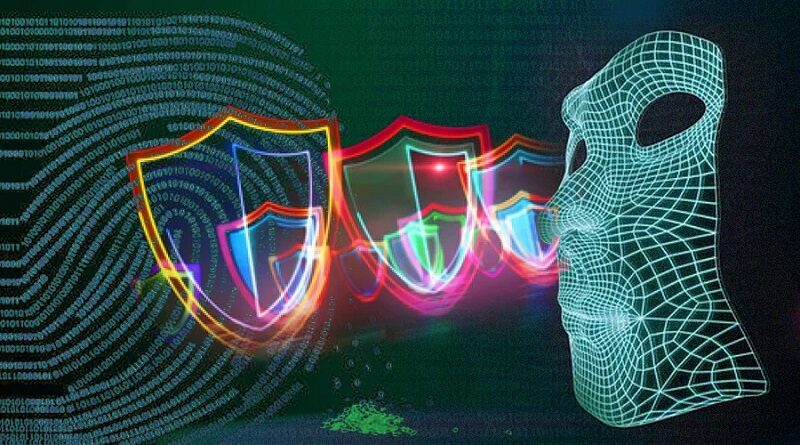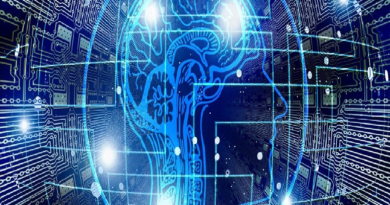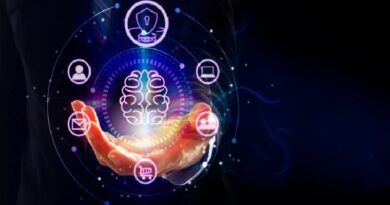AI POISONING COULD COLLAPSE YOUR ENTIRE CYBERSECURITY INFRASTRUCTURE
Entire cybersecurity infrastructure can collapse with AI poisoning and data poisoning.
For the past decade, artificial intelligence (AI) has been used to understand faces, charge creditworthiness, and expect the weather. At the same time, increasingly sophisticated hacks using stealthier techniques have escalated. The mixture of AI and cybersecurity become inevitable as both fields sought higher tools and new uses for their latest technology. But there’s a large problem that threatens to undermine those efforts and will permit adversaries to pass digital defenses undetected. The risk is data poisoning: manipulating the facts used to train machines gives a virtually untraceable approach to getting around AI-powered defenses. Many organizations might not be prepared to cope with escalating challenges. The worldwide marketplace for AI cybersecurity is already predicted to triple through 2028 to $35 billion. Security providers and their customers may patch together a couple of techniques to hold threats at bay. The very nature of machine learning, a subset of AI, is the goal of data poisoning. Given reams of data, computer systems may be trained to categorize facts correctly.
A device won’t have seen a picture of Lassie, however, given sufficient examples of various animals which can be successfully categorized through species (or even breed) it needs to be capable of surmising she’s a dog. With even greater samples, it’d be capable of successfully guessing the breed of the well-known TV canine: Rough Collie. The computer doesn’t genuinely know. It’s simply making statistically knowledgeable inferences that are primarily beyond education facts. That same approach is utilized in cybersecurity. To seize malicious software, companies feed their structures with facts and allow the machine to analyze itself. Computers armed with numerous examples of each accurate and bad code can discover ways to look out for malicious software (or maybe snippets of software) and capture it.
An advanced approach referred to as neural networks it mimics the structure and methods of the human brain runs through education facts and makes modifications based on each regarded and new information. Such a community needn’t have visible a specific piece of malevolent code to surmise that it’s awful. It’s found out for itself and may properly expect good as opposed to evil.
The industry isn’t ignorant of the problem, and this weak spot is forcing cybersecurity corporations to take a much broader method of bolstering defenses. One manner to assist prevent data poisoning is for scientists who broaden AI models to frequently take a look at that each one of the labels of their education statistics is accurate. OpenAI LLP, the studies organization co-based with the aid of using Elon Musk, stated that once its researchers curated their data sets for a brand-new image-producing tool, they might frequently pass the data through unique filters to make sure the accuracy of every label.
To live safe, companies want to make sure their data is clean, however, that means educating their structures with fewer examples than they’d get with open supply offerings. In machine learning, pattern size matters. This cat-and-mouse game among attackers and defenders has been happening for decades, with AI as a state-of-the-art device deployed to assist the best facet. Remember: Artificial intelligence isn’t always omnipotent. Hackers are continually seeking out their subsequent exploits.




